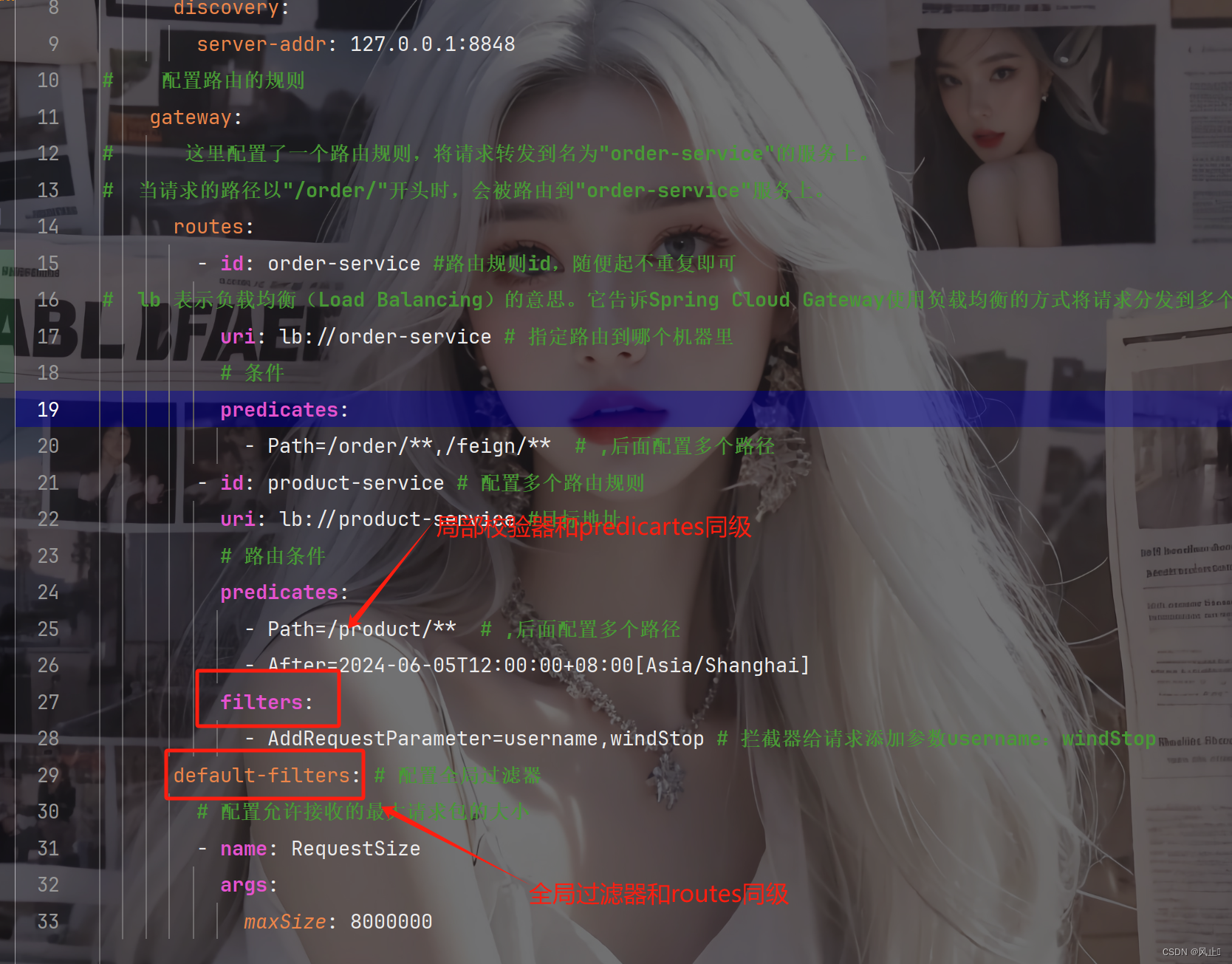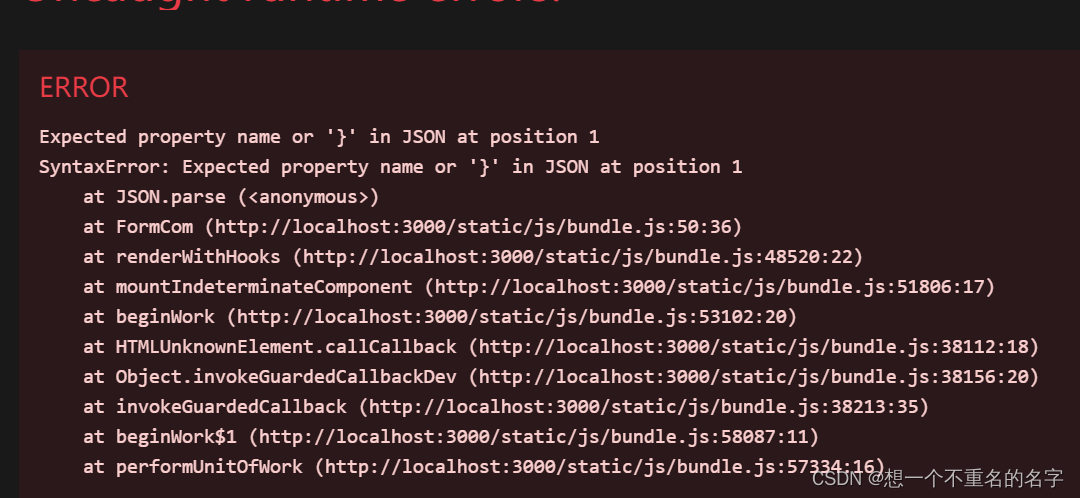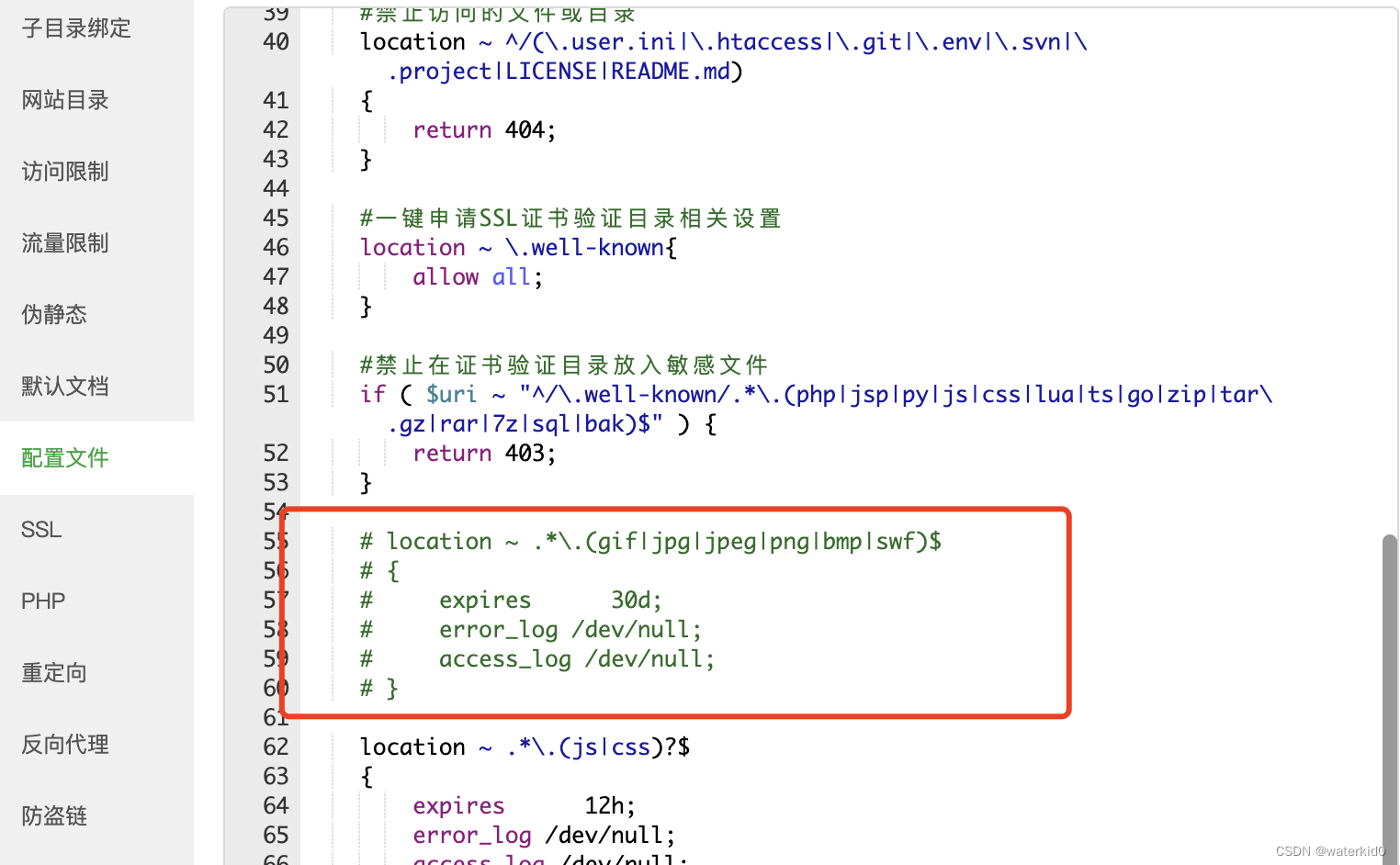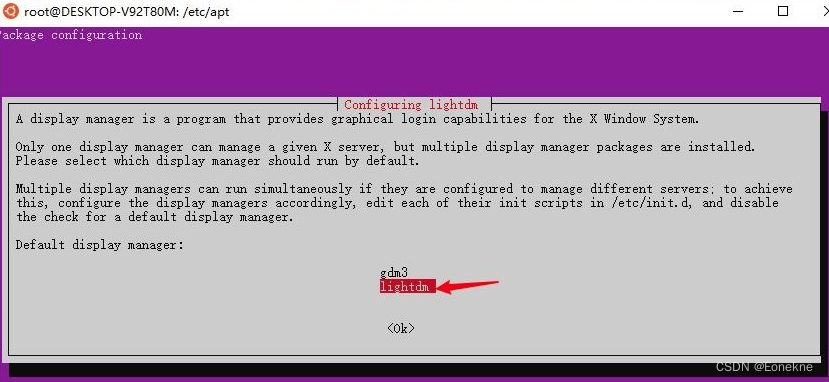蓝色的思念
突然演变成了阳光的夏天
空气中的温暖不会很遥远
——被风吹过的夏天
完整代码见:CSAPP/proxylab-handout at main · SnowLegend-star/CSAPP (github.com)
Q:计算机网络中port的作用是什么?
A:在计算机网络中,"port"(端口)是用于标识网络通信中的特定应用程序或服务的数字标识符。端口是网络通信的重要组成部分,它允许多个应用程序在同一台计算机上共享网络连接,并确保正确地将数据传递给目标应用程序。
端口通常与 IP 地址结合使用,构成了网络通信中的目标地址。IP 地址用于标识网络中的设备,而端口则用于标识设备上的具体应用程序或服务。
端口的作用包括:
- 标识应用程序或服务:每个应用程序或服务都可以绑定到一个或多个端口上,通过端口号来唯一标识。
- 实现多路复用:通过使用端口,多个应用程序可以在同一台计算机上共享网络连接。这意味着同一时间内,可以同时进行多个不同应用程序的通信,每个应用程序使用不同的端口。
- 提供通信路由:在网络通信中,端口号帮助路由数据到正确的目标应用程序。当数据包到达目标设备后,根据目标端口号将数据包分发给相应的应用程序或服务。
总之,端口在计算机网络中起着非常重要的作用,它们允许多个应用程序共享网络连接,并确保数据被正确地路由到目标应用程序或服务。
运行课本样例code的方法
今天突然想把《CSAPP》书上的例子跑一下,结果还是经典的报错。本来以前运行过书上的示例代码,当时就是报错。折腾半天无果索性放弃了。现在想到书都快看完了还没跑成功过示例代码,我心血来潮决定好好研究下到底怎么执行。

想不到还不好搜,找半天才看到一个可行的方案,原来编译书上的代码时都得和csapp.c进行联合编译。因为好多函数都在csapp.c里面重写了,如果不带上这个文件就会有各种报错,看似是没引入头文件导致库函数无法使用,实则是因为当前文件用到的函数其实是在csapp.c内部重新实现了的,只不过csapp.c内部编写的函数命名方式和库函数神似,有点以假乱真。
至此,终于是成功运行了书上的示例代码。

一不小心又在proxy lab上磨了好久,主要是一开始对怎么测试proxy感到很疑惑,就去b站上搜了下,结果发现了个讲得很好的up。遂跟着这个up把10~12章重新温习了一番,收获颇多。由于up主的github上只有通过最后一次实验的记录,我又研究半天怎么获得github的历史提交记录,最后也是成功掌握了这个技巧。
言归正传,下面讲讲我完成这个lab的历程。
首先,总体思路图大致如下

1、Proxy先与Client进行通信,建立连接并接收并分析来自Client的http-request。
2、Proxy把处理好的http-request发送给Server
3、Server发送response给Proxy
4、Proxy将response转发给Client
Part I: Implementing a sequential web proxy
第一部分要求我们实现一个简单的sequential proxy,类似的代码在书上随处可见,tiny.c就是一个很好的模仿对象。它的大致流程如下:
1、在main()里面创建一个监听描述符listenfd,然后在while的循环体里不断尝试与客户端进行连接connfd=Accept(listenfd)。连接成功后将connfd传入请求处理函数handleRequest()中。
2、进入handRequest()后,分别创建好两个I/O缓冲区rio_Proxy2Client和rio_Proxy2Server,Proxy可以利用这两个不同的缓冲区分别和Client与Server进行读写操作。
GET http://www.cmu.edu:8080/hub/index.html HTTP/1.1
Host: www.cmu.edu
User-Agent: Mozilla/5.0 (X11; Linux x86_64; rv:10.0.3) Gecko/20120305 Firefox/10.0.3
Connection: close
Proxy-Connection: close
3、利用rio_Proxy2Client读入http-request,并把这个请求分割成writeup要求的几部分,即method、url、version;其中url又可以分割为hostName、port和fielName。
4、处理完request的第一行后,开始处理后序的四个request header,少哪个header就自己补上哪个header。
5、 Proxy利用刚才得到的hostName和port,调用clientfd=Open_clientfd()冒充一个Client与Server建立连接。
6、Proxy利用clientfd和rio_Proxy2Server,先把从Client处得到的http-request发送给Server,然后不断读入Server回复的response。Proxy在读入response的同时,又利用connfd把它们发送给Client。
7、还得加上一个如果method不是“GET”的错误处理函数,直接照着书上的敲一遍或者把tiny.c的那个clientError()复制过来就行。
第一部分的代码难度并不高,核心操作就是要对字符串进行各种处理。
part I的实现如下
#include <stdio.h>
#include"csapp.h"
#include"sbuf.h"
/* Recommended max cache and object sizes */
#define MAX_CACHE_SIZE 1049000
#define MAX_OBJECT_SIZE 102400
#define HTTP_PREFIX "http://"
/* You won't lose style points for including this long line in your code */
static const char *user_agent_hdr = "User-Agent: Mozilla/5.0 (X11; Linux x86_64; rv:10.0.3) Gecko/20120305 Firefox/10.0.3\r\n";
void handleRequest(int fd);
void parseRequest(char* buf, char* host, char* port, char* method, char* url, char* version, char* fileName);
void clientError(int fd, char* cause, char* errnum, char* errmsg, char* errmsg_datail);
int readAndFormatRequestHeader(rio_t* rio, char* clientRequest, char* Host, char* port,
char* method, char* url, char* version, char* filename);
//和tiny.c里面的那个差不多
void clientError(int fd, char* cause, char* errnum, char* errmsg, char* errmsg_datail){
char buf[MAXLINE];
//打印HTTP的响应头
sprintf(buf, "HTTP/1.0 %s %s\r\n", errnum, errmsg);
Rio_writen(fd, buf, strlen(buf));
sprintf(buf, "Content-type: text/html\r\n\r\n");
Rio_writen(fd, buf, strlen(buf));
//打印HTTP响应的主体
sprintf(buf, "<html><title>Tiny Error</title>");
Rio_writen(fd,buf,strlen(buf));
sprintf(buf, "<body bgcolor=""ffffff"">\r\n");
Rio_writen(fd,buf,strlen(buf));
sprintf(buf, "%s: %s\r\n", errmsg, errmsg);
Rio_writen(fd, buf, strlen(buf));
sprintf(buf, "<p>%s: %s\r\n", errmsg_datail, cause);
Rio_writen(fd, buf, strlen(buf));
sprintf(buf, "<hr><em>The Tiny Web Server</em>\r\n");
Rio_writen(fd, buf, strlen(buf));
}
void handleRequest(int fd){
//处理各种定位的指针
char* pos=NULL;
//分割http请求的参数
char buf[MAXLINE],method[MAXLINE],uri[MAXLINE],version[MAXLINE],fileName[MAXLINE];
//客户端的几个请求头的主体
char clientRequest[MAXLINE];
char hostName[MAXLINE],port[MAXLINE];
//proxy-client和proxy-server的IO
rio_t rio_Proxy2Client,rio_Proxy2Server;
//Step1: proxy读入来自client的请求
Rio_readinitb(&rio_Proxy2Client,fd);
if(Rio_readlineb(&rio_Proxy2Client,buf,MAXLINE)==0){
//这个请求是空的
printf("Oops! empty request\n");
return ;
}
//如果http的版本是1.1,处理成1.0
if((pos=strstr(buf,"HTTP/1.1"))!=NULL){
buf[pos-buf-1+strlen("HTTP/1.1")]='0';
}
//Step2: 分割请求
parseRequest(buf, hostName, port, method, uri, version, fileName);
//判断请求是否有效
if(strcasecmp(method,"GET")!=0){
clientError(fd, method, "501", "Not Implement", "Tiny Does not implement this method");
return ;
}
int rv=readAndFormatRequestHeader(&rio_Proxy2Client, clientRequest, hostName, port, method, uri, version, fileName);
if(rv==0){
return ;
}
//Step3: tiny server和proxy建立连接
int clientfd=Open_clientfd(hostName, port);
Rio_readinitb(&rio_Proxy2Server, clientfd);
Rio_writen(rio_Proxy2Server.rio_fd, clientRequest, strlen(clientRequest));
//Step4: 从tiny server读入response,并且把它发送给client
printf("The Proxy is ready to relay the response\n");
char tinyResponse[MAXLINE];
int n;
while((n=Rio_readlineb(&rio_Proxy2Server, tinyResponse, MAXLINE))!=0){
Rio_writen(fd, tinyResponse, n);
}
}
//client request is like this
//GET http://www.cmu.edu/hub/index.html HTTP/1.1
void parseRequest(char* buf, char* host, char* port, char* method, char* url, char* version, char* fileName){
sscanf(buf,"%s %s %s", method, url, version);
//method = "GET", url = "http://localhost:15213/home.html", version = "HTTP1.0"
char* host_pos =strstr(url,HTTP_PREFIX)+strlen(HTTP_PREFIX); //主机名开始的位置
char* port_pos =strstr(host_pos,":"); //端口开始的位置
char* slash_pos=strstr(host_pos,"/"); //suffix开始的位置
//判断url有没有带端口号,如果没带就是默认端口80
if(port_pos==NULL){ //没带端口号
strcpy(port,"80");
strncmp(host,host_pos,slash_pos-host_pos);
}
else{
strncpy(host,host_pos,port_pos-host_pos);
strncpy(port,port_pos+1,slash_pos-port_pos-1);
}
strcpy(fileName,slash_pos);
printf("HostName: %s",host);
printf("Port: %s",port);
printf("fileName: %s",fileName);
}
int readAndFormatRequestHeader(rio_t* rio, char* clientRequest, char* Host, char* port,
char* method, char* url, char* version, char* fileName){
int UserAgent=0, Connection=0, proxyConnection=0, hostInfo=0;
char buf[MAXLINE/2];
int n;
char* findpos;
sprintf(clientRequest, "GET %s HTTP/1.0\r\n",fileName);
n=Rio_readlineb(rio, buf, MAXLINE);
printf("receive buf %s\n", buf);
printf("n = %d", n);
while(strcmp("\r\n",buf)!=0&&n!=0){
strcat(clientRequest, buf);
printf("receive buf %s\n", buf);
//判断要求的四个请求头是否存在
if((findpos=strstr(buf, "User-Agent:"))!=NULL){
UserAgent=1;
}
if((findpos=strstr(buf,"Proxy-Connection:"))!=NULL){
proxyConnection=1;
}
if((findpos=strstr(buf,"Connection"))!=NULL){
Connection=1;
}
if((findpos=strstr(buf, "Host"))!=NULL){
hostInfo=1;
}
n=Rio_readlineb(rio, buf ,MAXLINE);
}
if(n==0){
return 0;
}
//如果缺失了这四个头部,则进行添加
if(hostInfo==0){
sprintf(buf, "Host: %s\r\n", Host);
strcat(clientRequest, buf);
}
if(UserAgent==0){
strcat(clientRequest, user_agent_hdr);
}
if(Connection==0){
sprintf(buf, "Connection: close\r\n");
strcat(clientRequest, buf);
}
if(proxyConnection==0){
sprintf(buf, "Proxy-Connection: close\r\n");
strcat(clientRequest, buf);
}
//添加最后的空行
strcat(clientRequest,"\r\n");
return 1;
}
int main(int argc,char** argv){
if(argc!=2){
unix_error("proxy usage: ./proxy <port>");
}
int listenfd=Open_listenfd(argv[1]);
struct sockaddr_storage clientaddr;
char hostName[MAXLINE], port[MAXLINE];
while(1){
socklen_t clientlen=sizeof(struct sockaddr_storage);
int connfd=Accept(listenfd,(SA*) &clientaddr,&clientlen);
Getnameinfo((SA*) &clientaddr,clientlen,hostName,MAXLINE,port,MAXLINE,0);
handleRequest(connfd);
Close(connfd);
}
return 0;
}Part II
书上给出了三种并发编程的方式:
1、基于进程
2、基于I/O多路复用
3、基于线程
不得不说基于线程是最为通俗易懂的,而且书上还有一个基于线程进行并发编程的例子“echoservert-pre.c”。结合这份代码,在Part I的基础上稍作改动即可。
对了,书上还要求在main()函数里面加入Signal(SIGPIPE, SIG_IGN)来屏蔽SIGPIPE信号。我一开始并没有加这个顺利通过了lab,(:
part II实现如下
#include <stdio.h>
#include"csapp.h"
#include"sbuf.h"
/* Recommended max cache and object sizes */
#define MAX_CACHE_SIZE 1049000
#define MAX_OBJECT_SIZE 102400
#define HTTP_PREFIX "http://"
#define NTHREADS 4
#define SBUFSIZE 16
sbuf_t sbuf; //shared buffer of connected descriptor
void *thread(void *vargp);
/* You won't lose style points for including this long line in your code */
static const char *user_agent_hdr = "User-Agent: Mozilla/5.0 (X11; Linux x86_64; rv:10.0.3) Gecko/20120305 Firefox/10.0.3\r\n";
void handleRequest(int fd);
void parseRequest(char* buf, char* host, char* port, char* method, char* url, char* version, char* fileName);
void clientError(int fd, char* cause, char* errnum, char* errmsg, char* errmsg_datail);
int readAndFormatRequestHeader(rio_t* rio, char* clientRequest, char* Host, char* port,
char* method, char* url, char* version, char* filename);
//和tiny.c里面的那个差不多
void clientError(int fd, char* cause, char* errnum, char* errmsg, char* errmsg_datail){
char buf[MAXLINE];
//打印HTTP的响应头
sprintf(buf, "HTTP/1.0 %s %s\r\n", errnum, errmsg);
Rio_writen(fd, buf, strlen(buf));
sprintf(buf, "Content-type: text/html\r\n\r\n");
Rio_writen(fd, buf, strlen(buf));
//打印HTTP响应的主体
sprintf(buf, "<html><title>Tiny Error</title>");
Rio_writen(fd,buf,strlen(buf));
sprintf(buf, "<body bgcolor=""ffffff"">\r\n");
Rio_writen(fd,buf,strlen(buf));
sprintf(buf, "%s: %s\r\n", errmsg, errmsg);
Rio_writen(fd, buf, strlen(buf));
sprintf(buf, "<p>%s: %s\r\n", errmsg_datail, cause);
Rio_writen(fd, buf, strlen(buf));
sprintf(buf, "<hr><em>The Tiny Web Server</em>\r\n");
Rio_writen(fd, buf, strlen(buf));
}
void handleRequest(int fd){
//处理各种定位的指针
char* pos=NULL;
//分割http请求的参数
char buf[MAXLINE],method[MAXLINE],uri[MAXLINE],version[MAXLINE],fileName[MAXLINE];
//客户端的几个请求头的主体
char clientRequest[MAXLINE];
char hostName[MAXLINE],port[MAXLINE];
//proxy-client和proxy-server的IO
rio_t rio_Proxy2Client,rio_Proxy2Server;
//Step1: proxy读入来自client的请求
Rio_readinitb(&rio_Proxy2Client,fd);
if(Rio_readlineb(&rio_Proxy2Client,buf,MAXLINE)==0){
//这个请求是空的
printf("Oops! empty request\n");
return ;
}
//如果http的版本是1.1,处理成1.0
if((pos=strstr(buf,"HTTP/1.1"))!=NULL){
buf[pos-buf-1+strlen("HTTP/1.1")]='0';
}
//Step2: 分割请求
parseRequest(buf, hostName, port, method, uri, version, fileName);
//判断请求是否有效
if(strcasecmp(method,"GET")!=0){
clientError(fd, method, "501", "Not Implement", "Tiny Does not implement this method");
return ;
}
int rv=readAndFormatRequestHeader(&rio_Proxy2Client, clientRequest, hostName, port, method, uri, version, fileName);
if(rv==0){
return ;
}
//Step3: tiny server和proxy建立连接
int clientfd=Open_clientfd(hostName, port);
Rio_readinitb(&rio_Proxy2Server, clientfd);
Rio_writen(rio_Proxy2Server.rio_fd, clientRequest, strlen(clientRequest));
//Step4: 从tiny server读入response,并且把它发送给client
printf("The Proxy is ready to relay the response\n");
char tinyResponse[MAXLINE];
int n;
while((n=Rio_readlineb(&rio_Proxy2Server, tinyResponse, MAXLINE))!=0){
Rio_writen(fd, tinyResponse, n);
}
}
//client request is like this
//GET http://www.cmu.edu/hub/index.html HTTP/1.1
void parseRequest(char* buf, char* host, char* port, char* method, char* url, char* version, char* fileName){
sscanf(buf,"%s %s %s", method, url, version);
//method = "GET", url = "http://localhost:15213/home.html", version = "HTTP1.0"
char* host_pos =strstr(url,HTTP_PREFIX)+strlen(HTTP_PREFIX); //主机名开始的位置
char* port_pos =strstr(host_pos,":"); //端口开始的位置
char* slash_pos=strstr(host_pos,"/"); //suffix开始的位置
//判断url有没有带端口号,如果没带就是默认端口80
if(port_pos==NULL){ //没带端口号
strcpy(port,"80");
strncmp(host,host_pos,slash_pos-host_pos);
}
else{
strncpy(host,host_pos,port_pos-host_pos);
strncpy(port,port_pos+1,slash_pos-port_pos-1);
}
strcpy(fileName,slash_pos);
printf("HostName: %s",host);
printf("Port: %s",port);
printf("fileName: %s",fileName);
}
int readAndFormatRequestHeader(rio_t* rio, char* clientRequest, char* Host, char* port,
char* method, char* url, char* version, char* fileName){
int UserAgent=0, Connection=0, proxyConnection=0, hostInfo=0;
char buf[MAXLINE/2];
int n;
char* findpos;
sprintf(clientRequest, "GET %s HTTP/1.0\r\n",fileName);
n=Rio_readlineb(rio, buf, MAXLINE);
printf("receive buf %s\n", buf);
printf("n = %d", n);
while(strcmp("\r\n",buf)!=0&&n!=0){
strcat(clientRequest, buf);
printf("receive buf %s\n", buf);
//判断要求的四个请求头是否存在
if((findpos=strstr(buf, "User-Agent:"))!=NULL){
UserAgent=1;
}
if((findpos=strstr(buf,"Proxy-Connection:"))!=NULL){
proxyConnection=1;
}
if((findpos=strstr(buf,"Connection"))!=NULL){
Connection=1;
}
if((findpos=strstr(buf, "Host"))!=NULL){
hostInfo=1;
}
n=Rio_readlineb(rio, buf ,MAXLINE);
}
if(n==0){
return 0;
}
//如果缺失了这四个头部,则进行添加
if(hostInfo==0){
sprintf(buf, "Host: %s\r\n", Host);
strcat(clientRequest, buf);
}
if(UserAgent==0){
strcat(clientRequest, user_agent_hdr);
}
if(Connection==0){
sprintf(buf, "Connection: close\r\n");
strcat(clientRequest, buf);
}
if(proxyConnection==0){
sprintf(buf, "Proxy-Connection: close\r\n");
strcat(clientRequest, buf);
}
//添加最后的空行
strcat(clientRequest,"\r\n");
return 1;
}
int main(int argc,char** argv){
if(argc!=2){
unix_error("proxy usage: ./proxy <port>");
}
int listenfd=Open_listenfd(argv[1]), i;
pthread_t tid;
struct sockaddr_storage clientaddr;
char hostName[MAXLINE], port[MAXLINE];
sbuf_init(&sbuf, SBUFSIZE);
for(i=0;i<NTHREADS;i++){ //创建工作线程
Pthread_create(&tid, NULL, thread, NULL);
}
while(1){
socklen_t clientlen=sizeof(struct sockaddr_storage);
int connfd=Accept(listenfd,(SA*) &clientaddr,&clientlen);
//Getnameinfo((SA*)&clientaddr, clientlen, hostName, MAXLINE, port, MAXLINE, 0);
sbuf_insert(&sbuf, connfd);
}
return 0;
}
void *thread(void *vargp){
pthread_detach(pthread_self());
while(1){
int connfd=sbuf_remove(&sbuf);
handleRequest(connfd);
Close(connfd);
}
}
Part III
最后一部分写的我汗流浃背了。
这一部分要求我们给Proxy添加cache。对于cache的读取方式,可以参照第一类“读者-写者”问题。我一开始也并没有反应过来可以在此引入“读者-写者”模式,还是在网上参考了其他人的解决方案才隐约发现得这么做的哈哈哈。
其实可以直接把和cache相关的代码写在proxy.c里面,就是会让proxy.c更为臃肿一点。但我一想书上都给出sbuf.c和sbuf.h了,我也模仿着写一个cache.c和cache.h岂不美哉?正式这个决定让我后序改bug改得一头大包。我先在proxy.c中定义了缓存cache_t cache,然后进行参数传递在cache.c中修改cache。由于我对全局变量跨文件的处理方式一知半解,但还是硬着头皮写了下去。
后面仔细思考了下,关于“全局变量跨文件的处理”其实有两种方案。
方案一:我直接把cache_t cache写入cache.h当中,而不是写在proxy.c。这样只需要在cache.c和proxy.c中直接引入“cache.h”就可以直接用cache了,但是这样有个弊端———有且仅有一个cache供proxy.c使用,如果还有个proxy2.c也要用到cache,那就没得用了。还是治标不治本。
方案二:用指针传递来在cahce.c中修改proxy.c定义的cache_t cache。这方法其实不难,我最后也是采用的这个方法。坏就坏在昨晚写的代码简直就是一坨,好像用了指针传递又好像没用,我就在这一坨东西上反复修改,然后越陷越深。理清了思路之后问题就迎刃而解了。
还有几个让我困惑的小问题:
①malloc问题
void cache_init(cache_t *cache) {
// cache=(cache_t*)Malloc(sizeof(cache_t));
cache->cache_Item_Using = 0;
}
在这里我开始准备模仿sbuf.c给cache分配个空间再说,结果测试的时候一直报错“Segmentation fault”,搞得我一度以为是malloc出了问题。最后把参数传递的问题解决后发现这里的malloc可用可不用,由于cache_t cache是全局变量,它的生命周期和进行同步,故没必要多此一举再在堆上给它分配空间了。
②url问题
printf("=====The length of url is: %d====\n",(int)sizeof(url));
// strncpy(item->url,url,sizeof(url)); 西八,这个bug害得我好苦啊
strncpy(item->url,url,MAXLINE);
在解决缓存的问题后,我发现cache部分的得分依然是0昏。初步判断是url的匹配有问题,测试了一番后发现一个十分怪异的情况——存入的url长度并不能用sizeof(url),实际长度好像比sizeof(url)还要长。
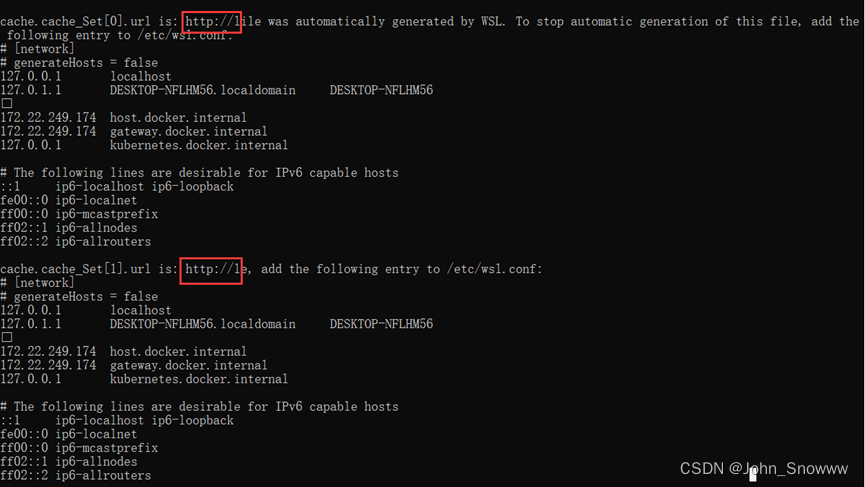
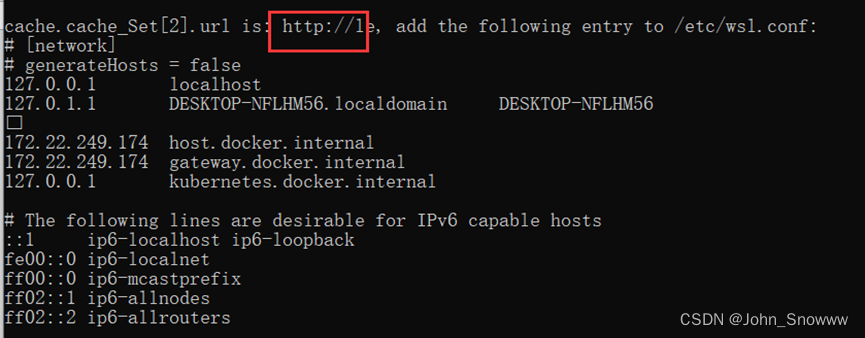
把每次存进cache的item->url打印出来一看果然如此,于是最后直接假设url的长度是MAXLINE,这样就可以通过测试了

Q:例如char* url=“http://localhost:7710/”
那sizeof(url)是输出8还是字符串本身的长度22呢?
A: 在这种情况下,char* url = "http://localhost:7710/"中的url是一个指向字符的指针,指向字符串常量"http://localhost:7710/"的首地址。因此,使用sizeof(url)将返回指针的大小,而不是字符串的长度。
在大多数平台上,指针的大小通常是机器字长的大小。在64位系统上,指针通常是8个字节,因此sizeof(url)将返回8。
要获取字符串本身的长度,您可以使用strlen函数,如下所示:
#include <stdio.h>
#include <string.h>
int main() {
char *url = "http://localhost:7710/";
size_t length = strlen(url);
printf("Length of the string: %zu\n", length); // 这里将输出字符串的长度,即22
return 0;
}这段代码将输出字符串的长度,即22。
但是,由于strlen(str)不会包括结尾的‘\0’,所以得用strncpy(item->url,url,strlen(url)+1)
至此,真相大白。
csche.c如下
#include "csapp.h"
#include "cache.h"
void initializeCache(cache_t* cache){
cache->head = Malloc(sizeof(*(cache->head)));
cache->head->flag = '@';
cache->head->prev = NULL;
cache->head->next = NULL;
cache->tail = Malloc(sizeof(*(cache->tail)));
cache->tail->flag = '@';
cache->tail->prev = NULL;
cache->tail->next = NULL;
/* construct the doubly linked list */
cache->head->next = cache->tail;
cache->tail->prev = cache->head;
cache->nitems = 0;
}cache.h实现如下
#include "csapp.h"
#define MAX_CACHE_SIZE 1049000
#define MAX_OBJECT_SIZE 102400
typedef struct _obj_t{
char flag;
char uri[100];
char respHeader[1024];
char respBody[MAX_OBJECT_SIZE];
int respHeaderLen;
int respBodyLen;
struct _obj_t* prev;
struct _obj_t* next;
}obj_t;
typedef struct _cache_t{
obj_t* head;
obj_t* tail;
int nitems;
}cache_t;
//write to cache
//read cache
//search cache
void initializeCache(cache_t* );写入到cache的实现如下
/*
* This function is guarded by Write Lock, thus is thread safe
* assume head is the newest part, we evict the last part
* if possible
*/
void writeToCache(obj_t* obj){
/* step1: check current capacity, if full ,delete one */
while(obj->respBodyLen + cacheSize > MAX_CACHE_SIZE && cache.head->next != cache.tail){
obj_t* last = cache.tail->prev;
last->next->prev = last->prev;
last->prev->next = last->next;
last->next = NULL;
last->prev = NULL;
Free(last);
}
/* step2: add into the cache */
//mount the current obj into cache
obj->next = cache.head->next;
obj->prev = cache.head;
cache.head->next->prev = obj;
cache.head->next = obj;
cacheSize += obj->respBodyLen;
}
读取cahce条目的实现如下
obj_t* readItem(char* targetURI, int clientfd){
P(&mutex);
readcnt++;
if(readcnt == 1){
P(&W);
}
V(&mutex);
/***** reading section starts *****/
obj_t* cur = cache.head->next;
rio_t rio;
Rio_readinitb(&rio, clientfd);
while(cur->flag != '@'){
if(strcmp(targetURI, cur->uri) == 0){
return cur;
}
cur = cur->next;
}
/***** reading section ends *****/
P(&mutex);
readcnt--;
if(readcnt == 0){
V(&W);
}
V(&mutex);
return NULL;
}




